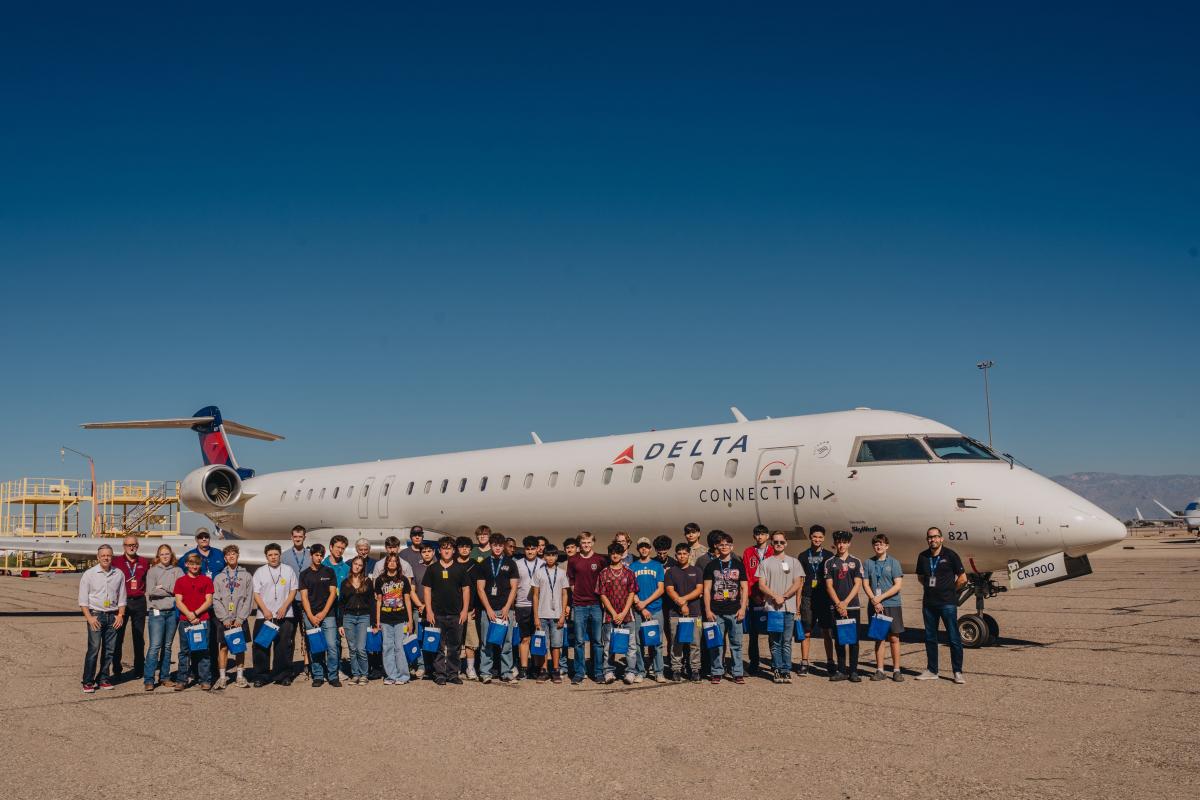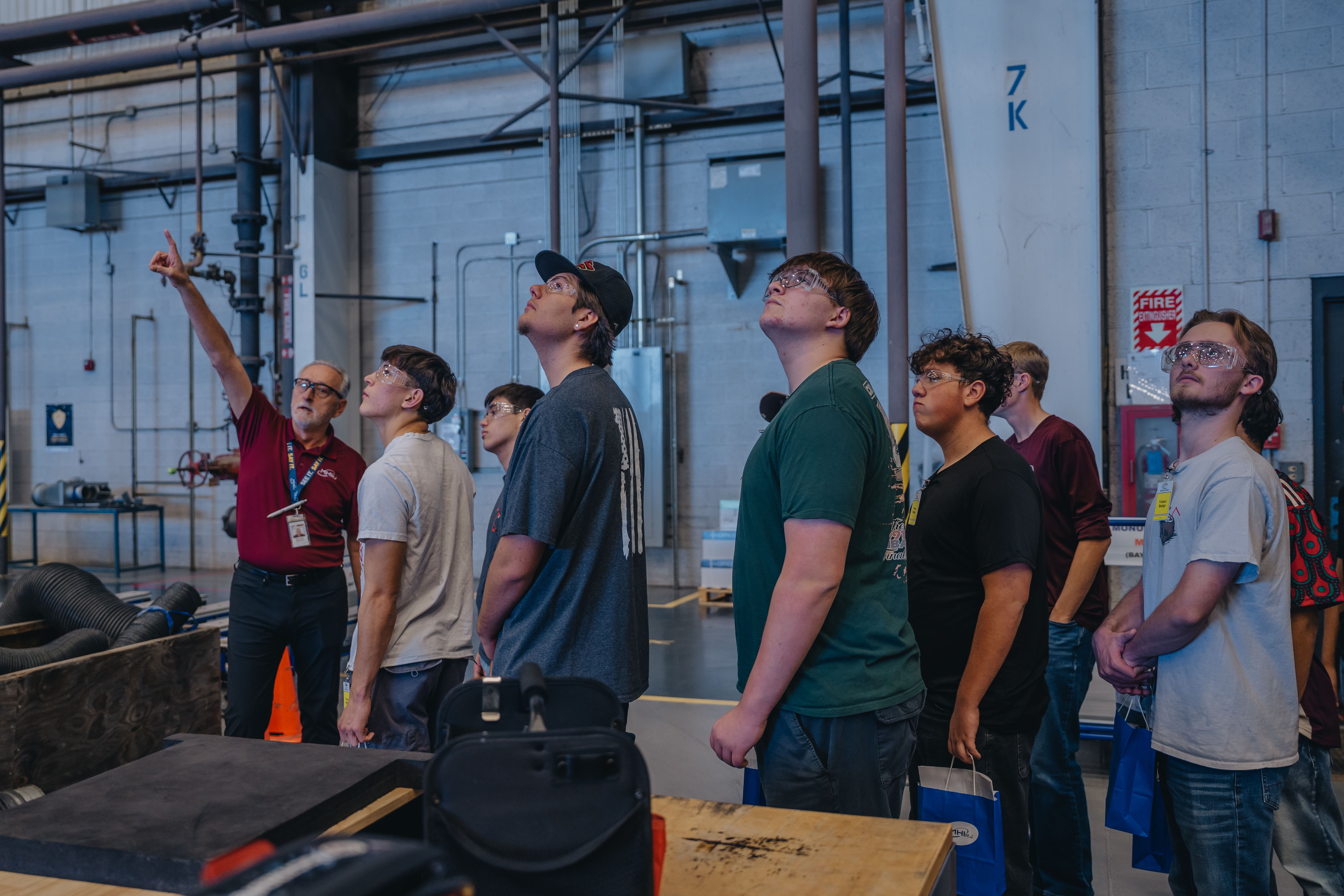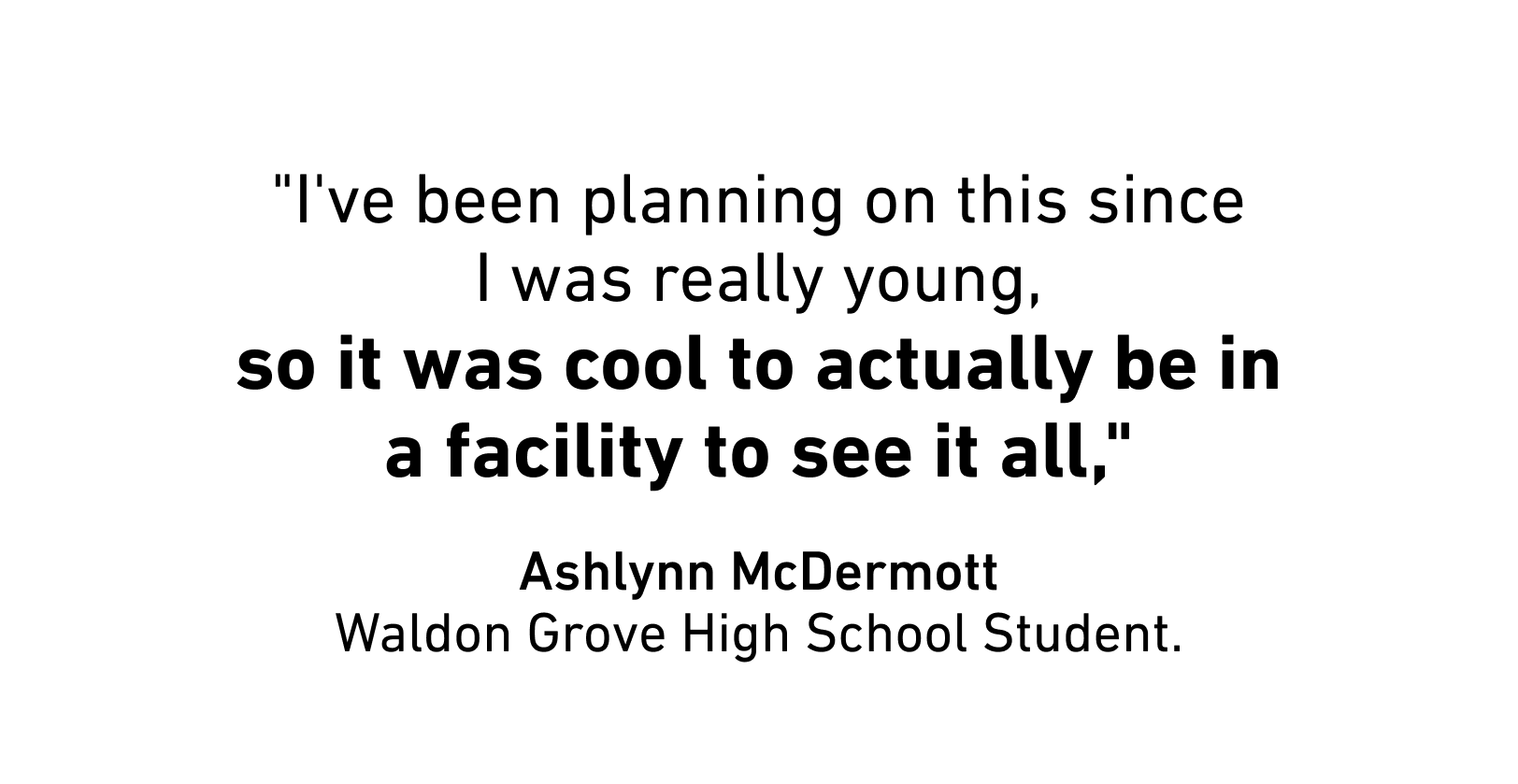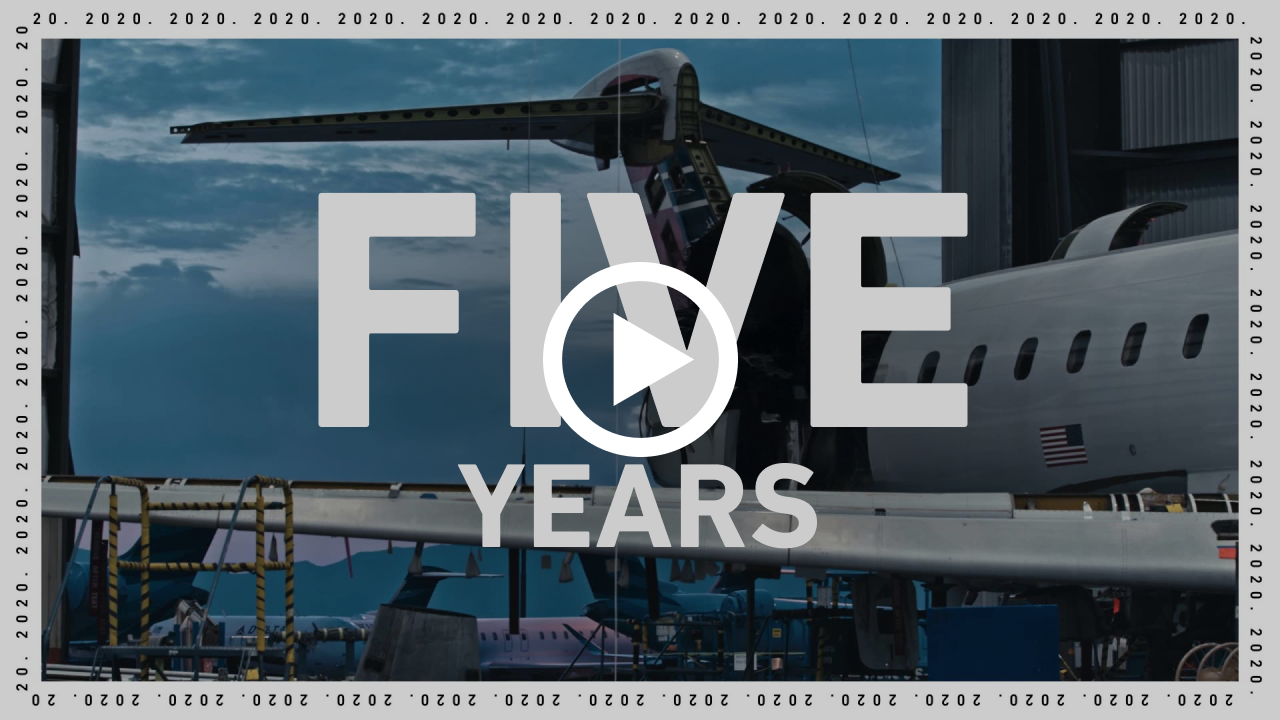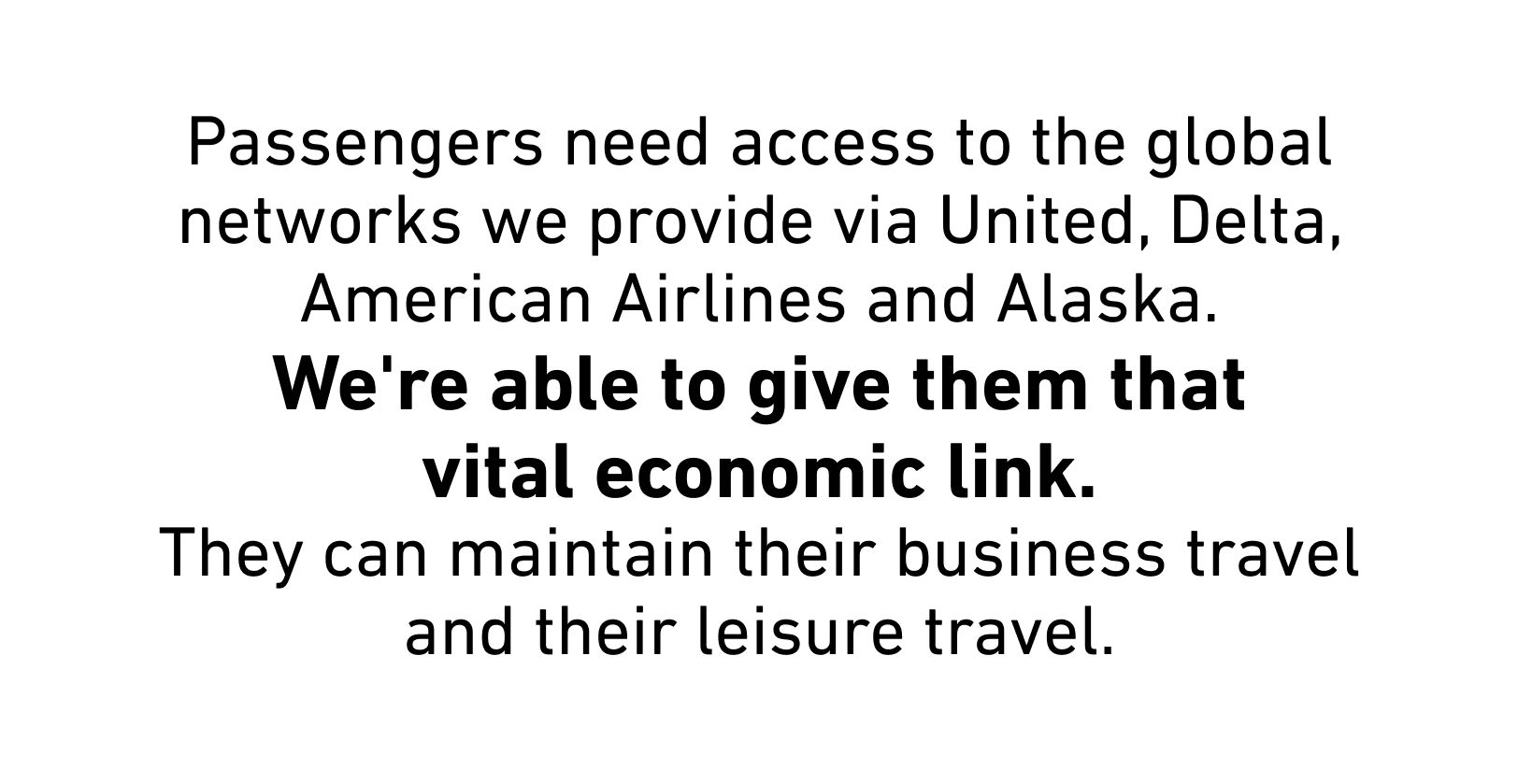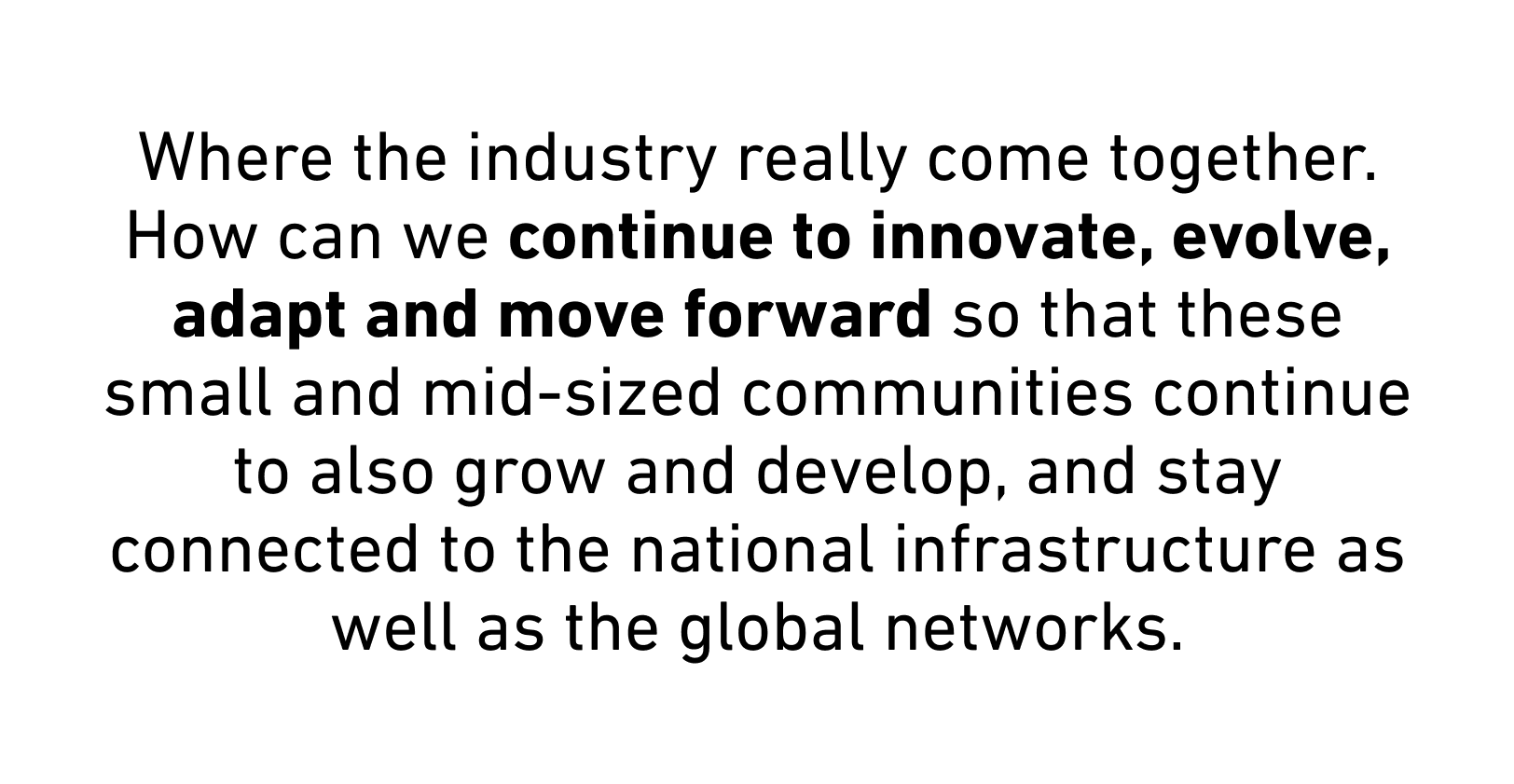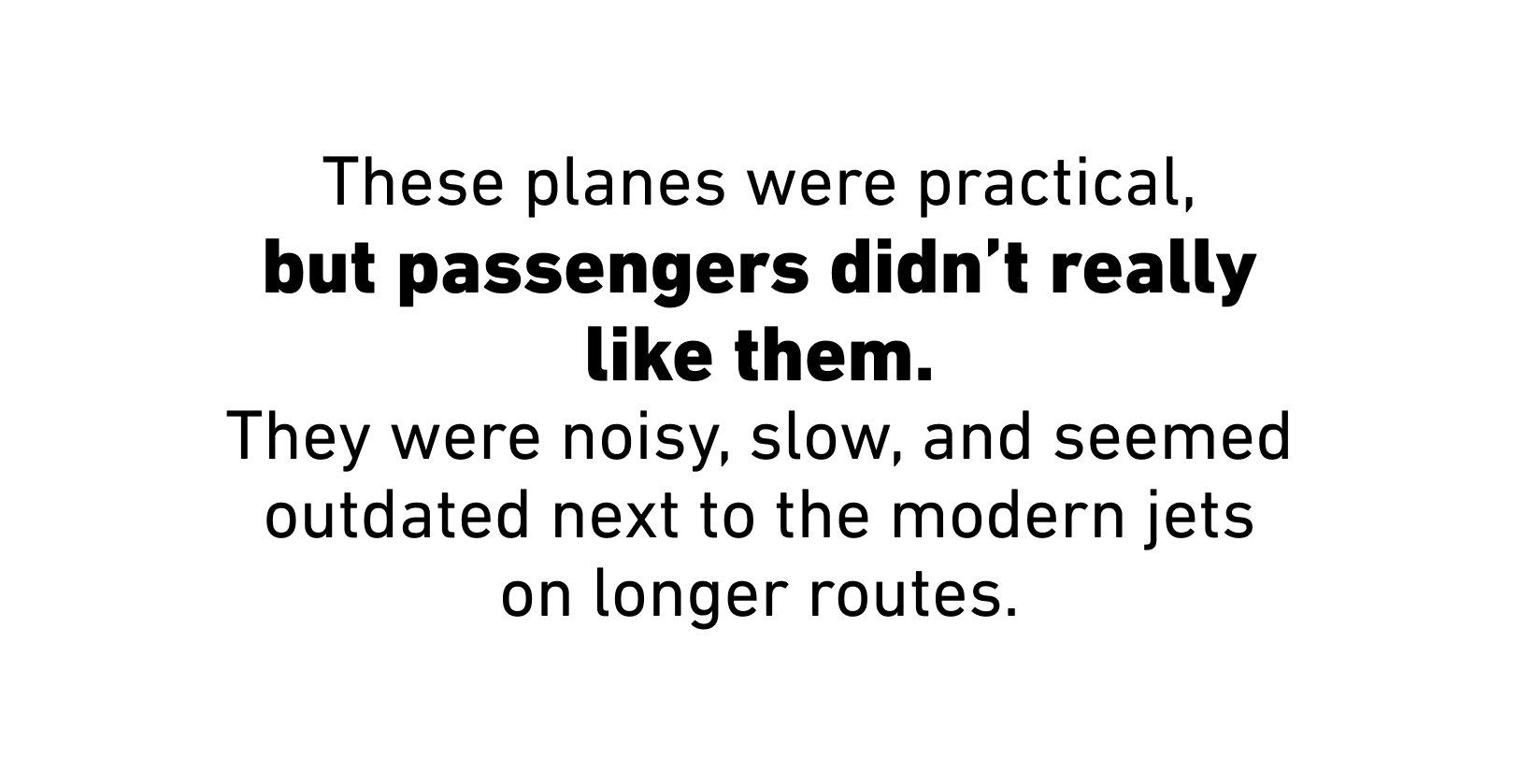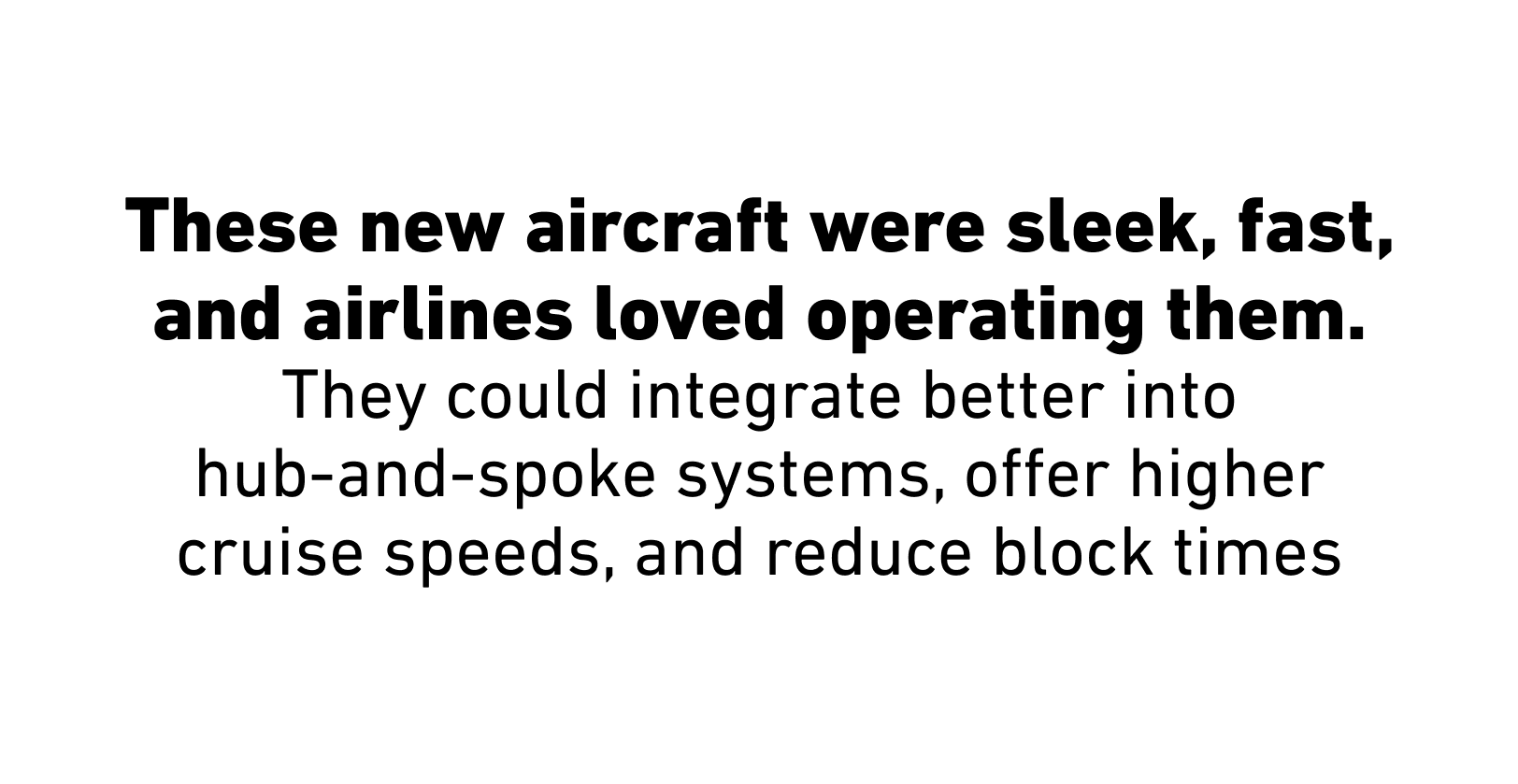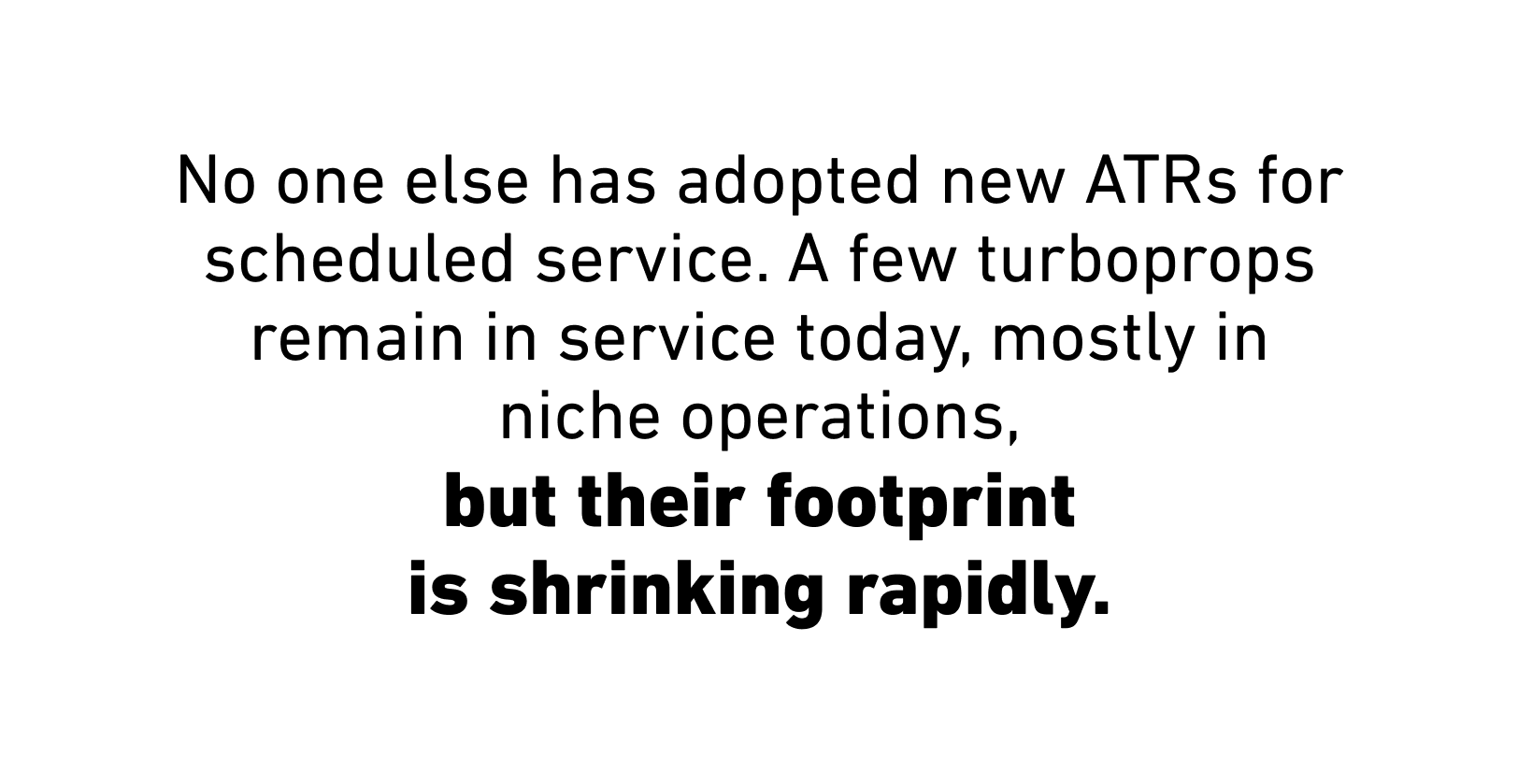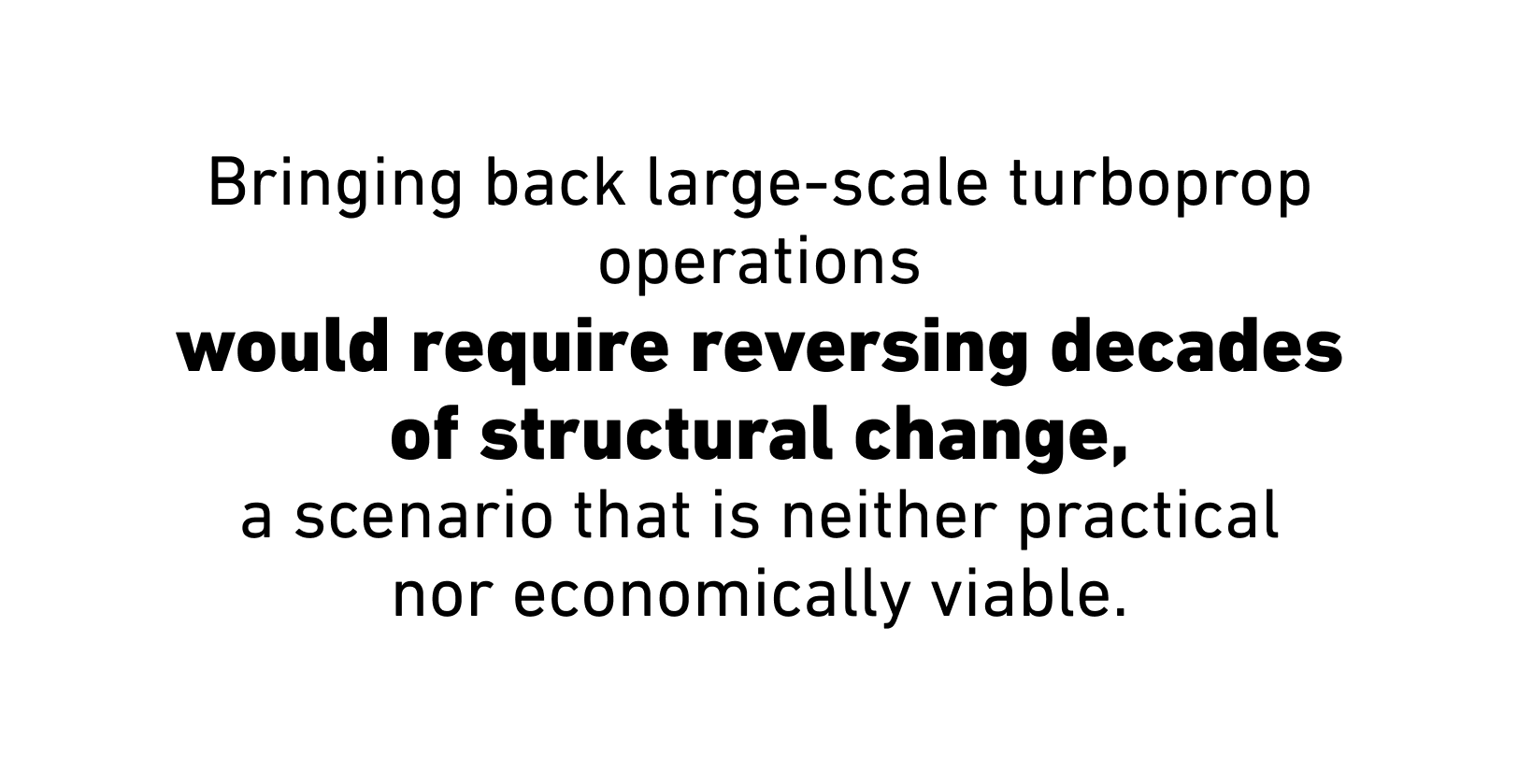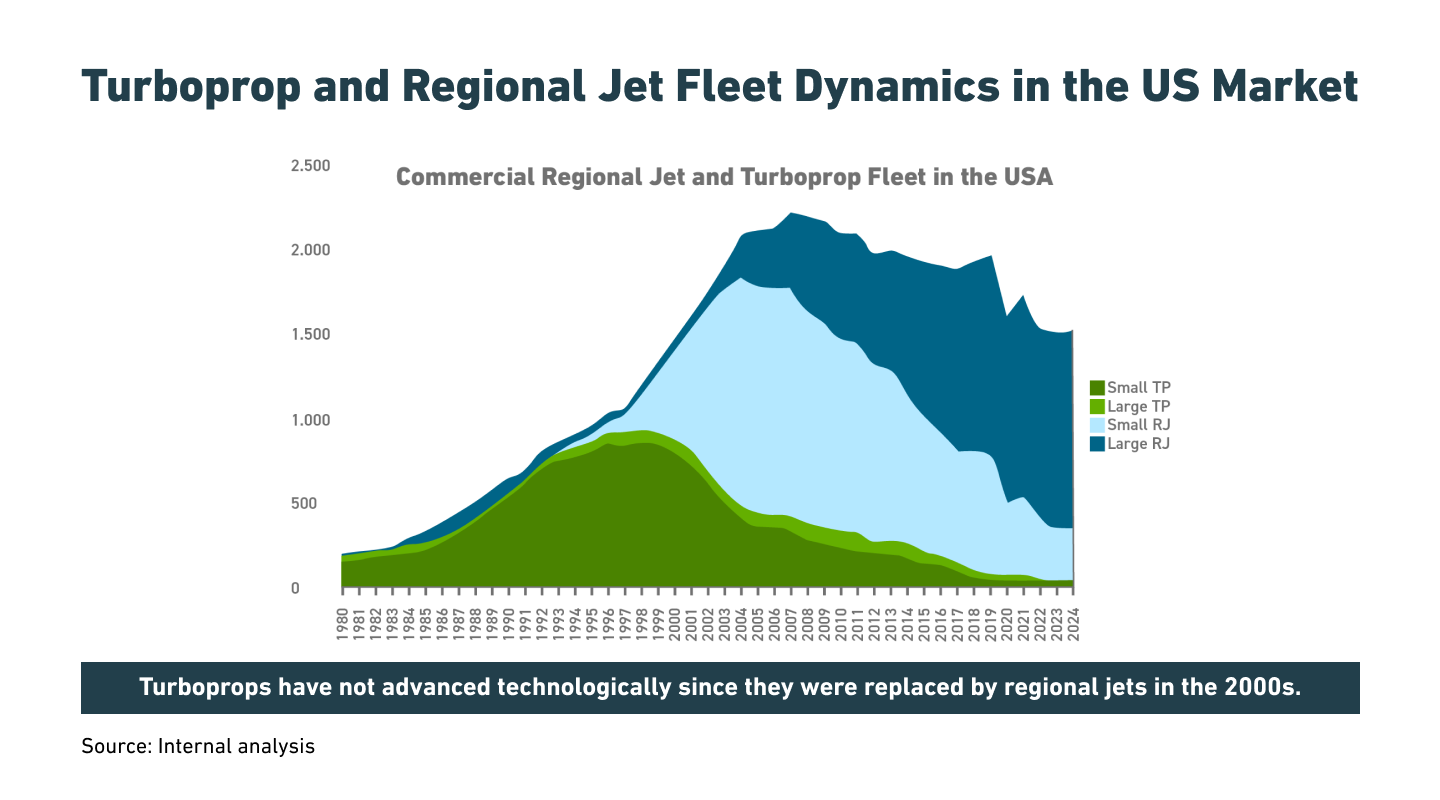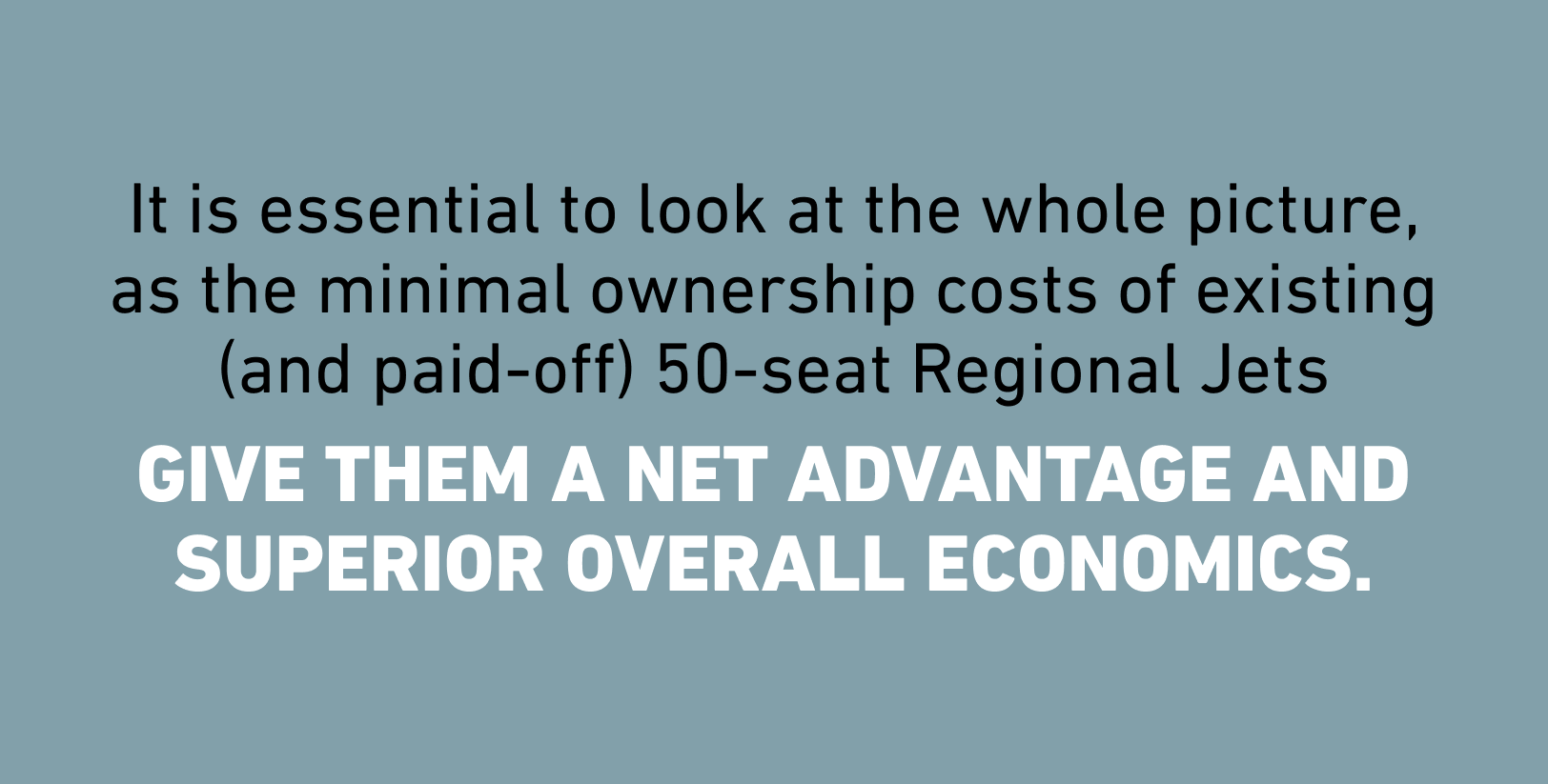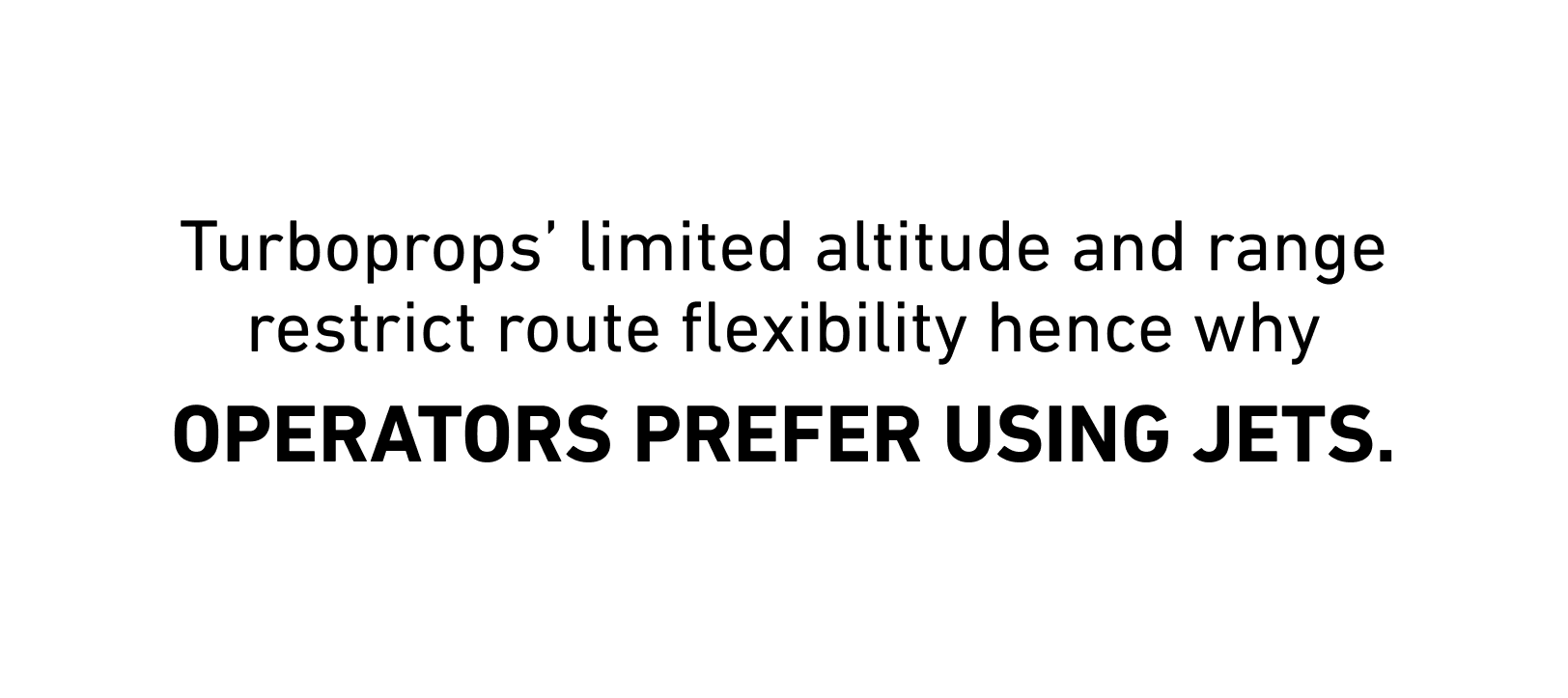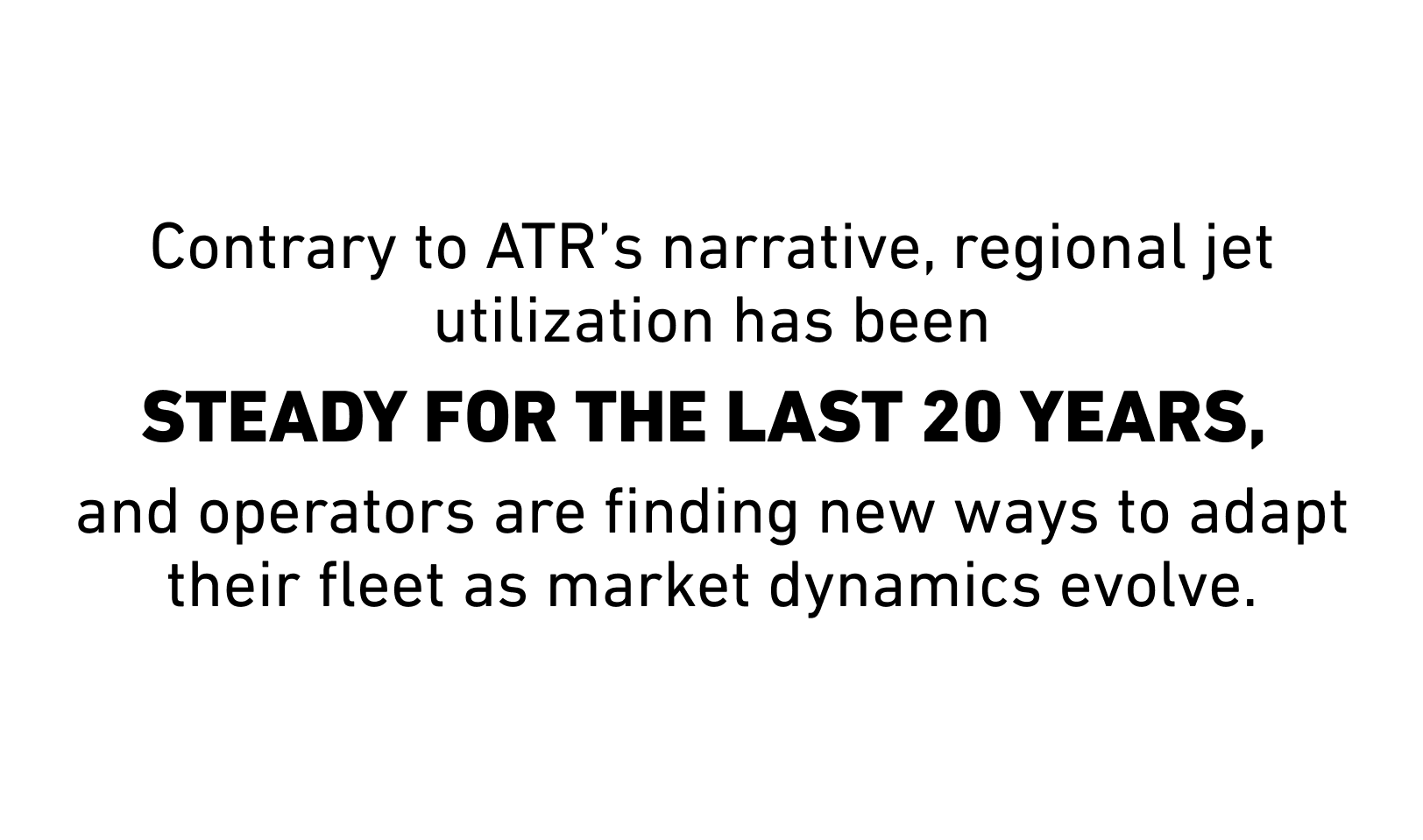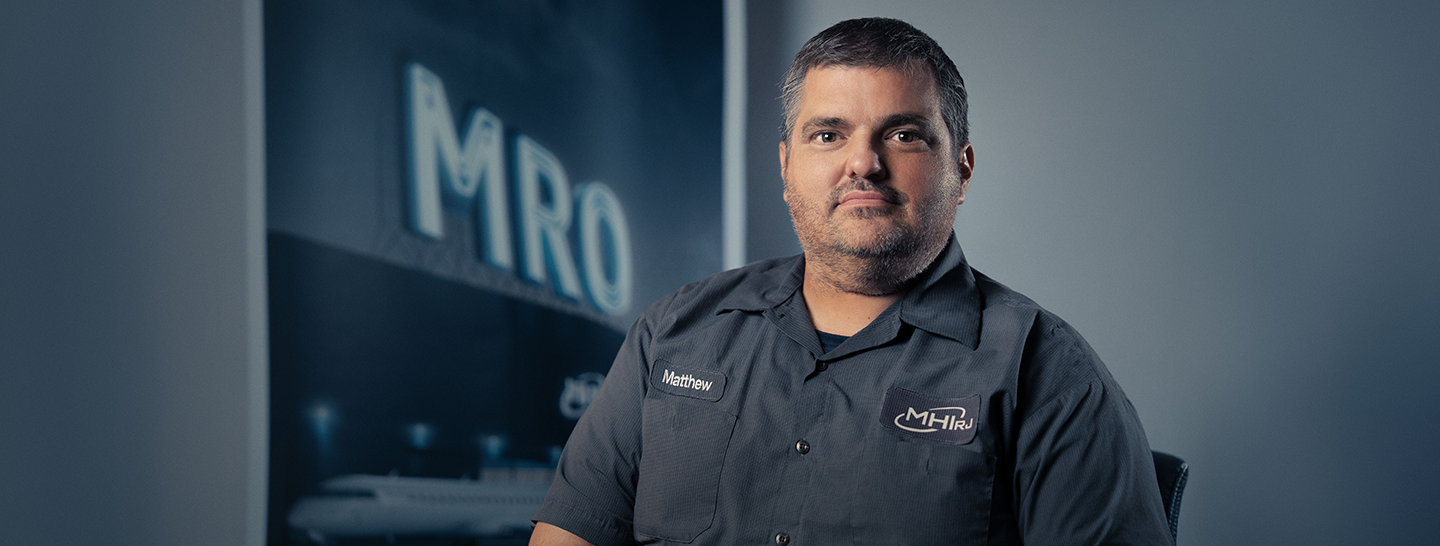
PILOT SHORTAGE: RELIEVING THE PRESSURE

It’s no secret that the airline industry is currently facing a panoply of challenges. Recovering from the effects of the pandemic, rising fuel prices, infrastructure limitations, and labour shortages are all contributing to the impacts that are being felt nationwide and across the globe. While some of these challenges can be more easily rectified, one of the more complex and pressing issues affecting our industry is the current pilot shortage.
The pilot shortage has been an ever-growing issue for a number of years. The 2008 financial crisis saw many industries take a hit—including aviation. It hindered new pilots from taking on the costly burden of flight school, causing a slowdown in new pilots. Fast forward to current times and the issue only became more acute during the pandemic.
With early retirement offers from the airlines and a quick recovery in the air traffic market that was impossible to react to in a timely way, the demand for pilots quickly bounced back while the supply failed to keep up with the demand. In fact, 2020 and 2021 were among the lowest years for new issuances of ATP licenses in the last decade, causing a shortfall of approximately 6,000 pilots in the market.
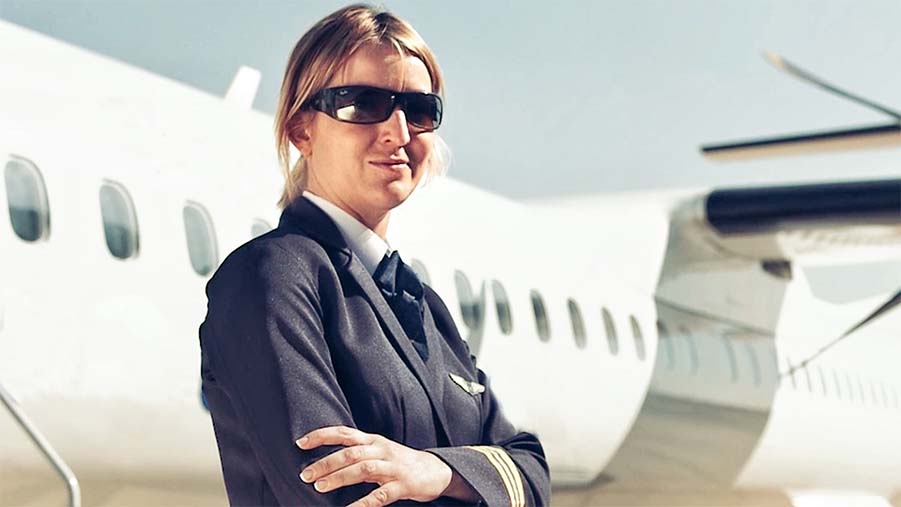
FEELING THE IMPACT
Both leisure and business travel have been greatly affected, but one of the most detrimental results of the shortage has been the cancellation of regional flights, impacting smaller communities around the United States. With major airlines hiring away pilots from regional airlines, routes have been cut from the network, grounding the operation of many regional aircraft impacting flying to the smallest communities in the country.
“During the early days of the pandemic, many of the large airlines were forced to ground their fleets. As a result, they offered early retirements to some of their senior pilots, and a number of their pilots took that, further exacerbating the problem we are facing now. Faced with the unfolding crisis of the pandemic, it was a reasonable plan. Now that flying is ramping back up again, many regional pilots have switched over to fly at the mainline airlines, subsequently causing an unforeseen shortage amongst regional carriers. If changes aren’t made, there certainly could be long-term impacts from this,” explained Ross Mitchell, Vice President, Strategy, Business Development, Marketing, Communications and Business Operations at MHIRJ.
Regional airlines provide a key service in connecting these small communities to the larger air service network, as well as providing them with essential goods and services. Since 66% of airports with scheduled passenger service receive their only service from regional airlines, the impact is being felt nationwide and even causing the closure of some smaller airports.
The knock-on effects of this are being felt throughout the regional industry. For perspective, the numbers speak for themselves. The Regional Airline Association conducted a study which suggests that regional airlines provide more than 1 million jobs, with $41 billion in wages and tax revenue for a total economic impact of $153 billion, with the shortage cutting into this greatly.
TIME IS OF THE ESSENCE
Exasperating the issue even more is the fact that 47% of Part 121 pilots must retire at the required age of 65 in the next 15 years, and another 13% in the next five years, while the supply of new pilots is not sufficient to replace these retiring pilots. And the recovery solution is not that simple. Currently, the FAA requires pilots to have at least 1,500 flight hours logged before they are eligible to work for an airline, once again limiting the speed at which pilots can enter the workforce. While absolutely respecting the need for ample experience and the highest level of safety training, reducing the number of hours would have a significant effect on expediting the recovery process.
WHAT ELSE CAN BE DONE?
Beyond lobbying to reduce the number of hours needed to safely become a licensed airline pilot, there are several other short-term and long-term solutions that can help alleviate the shortage. But this problem doesn’t just involve the airlines. It’s a systemic issue that’s affecting a number of industry players including airports, MROs, and OEMs. An interruption of service to passengers is a collective issue. MHIRJ has taken a stand in raising the alarms and acting as a serious partner in creating change within the industry.
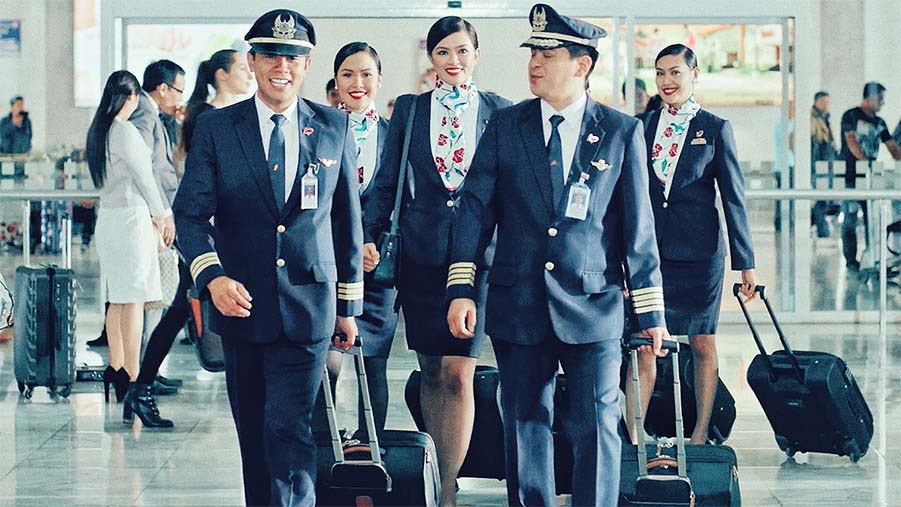
“All of the suppliers to the regional industry, the service providers, the maintenance and repair shops, the airports—everyone needs to be part of the solution to make sure this workforce issue is solved” says Mitchell on how greater impact can be made when forces gather to build momentum and have a stronger voice.
The heaviest lifting needs to be done on the legislative side to create effective changes, which is why MHIRJ is working in support of the Flight Education Access Act, led by Senator Tammy Baldwin. A review of current requirements for pilot qualification standards needs to be made in order to provide proficiency-based structured training pathways.
In the short term, extending the required retirement age for pilots from 65 to 67 will help fill the gap, as will expanding visa programs for foreign-trained pilots. In the longer term, efforts need to go into building appeal. Aviation needs to be promoted at all levels as an attractive and worthwhile profession for students to consider. Considering the cost of flight school, better funding for pilot training through access to student loan programs will work towards increasing enrolment.
While these solutions will take time, effort, patience, and unwavering dedication, we’ll continue working hard to advocate for change in order to help build a stronger, more reliable future in aviation for all.
Watch our video to learn more about the impact of pilot shortage.
MRO Americas 2022 interview with Ross Mitchell, Vice President, Corporate Shared Services at MHIRJ and Stephanie Bento, Senior Brand Manager.
- Log in to post comments
All of the suppliers to the regional industry, the service providers, the maintenance and repair shops, the airports—everyone needs to be part of the solution to make sure this workforce issue is solved
Ross Mitchell

 24
24

